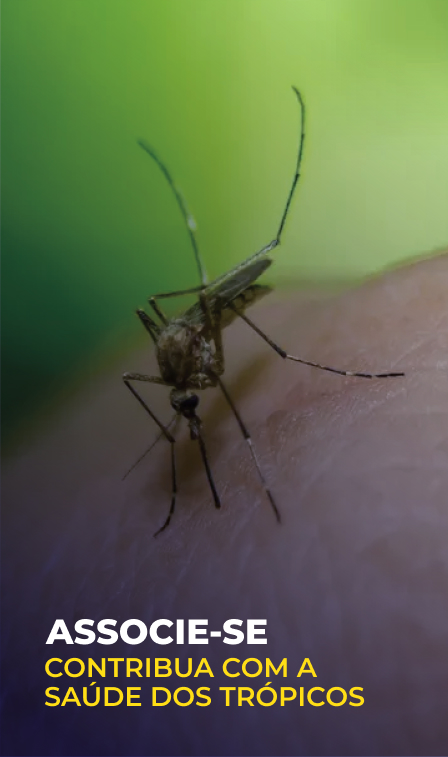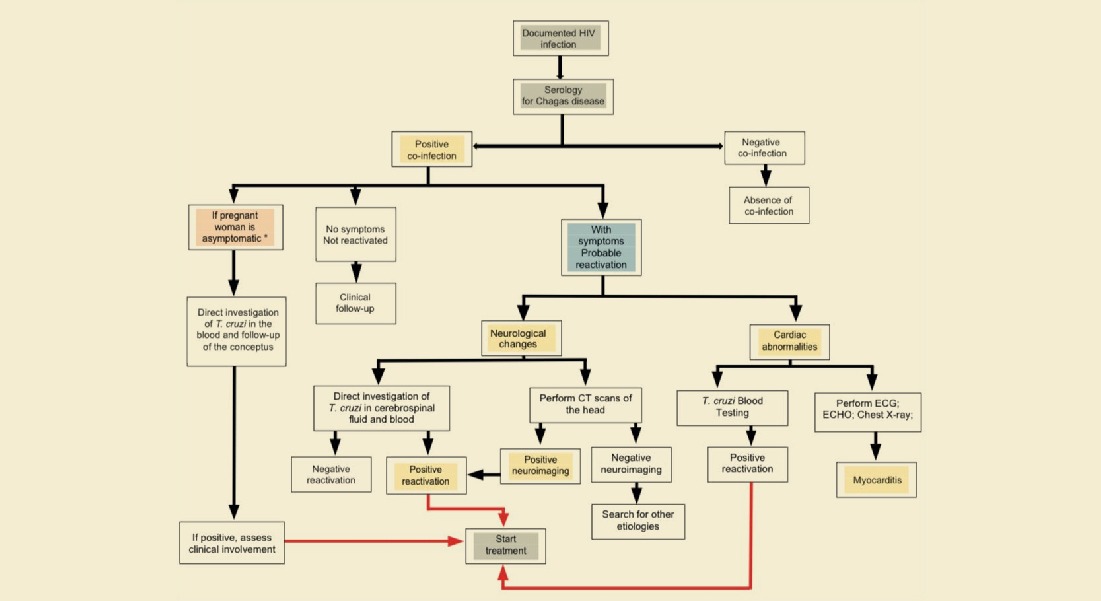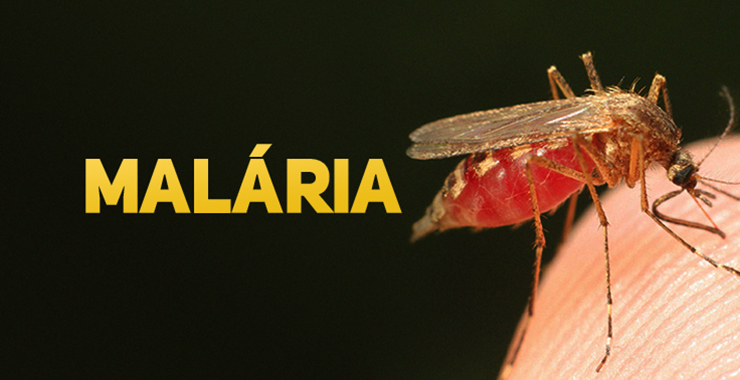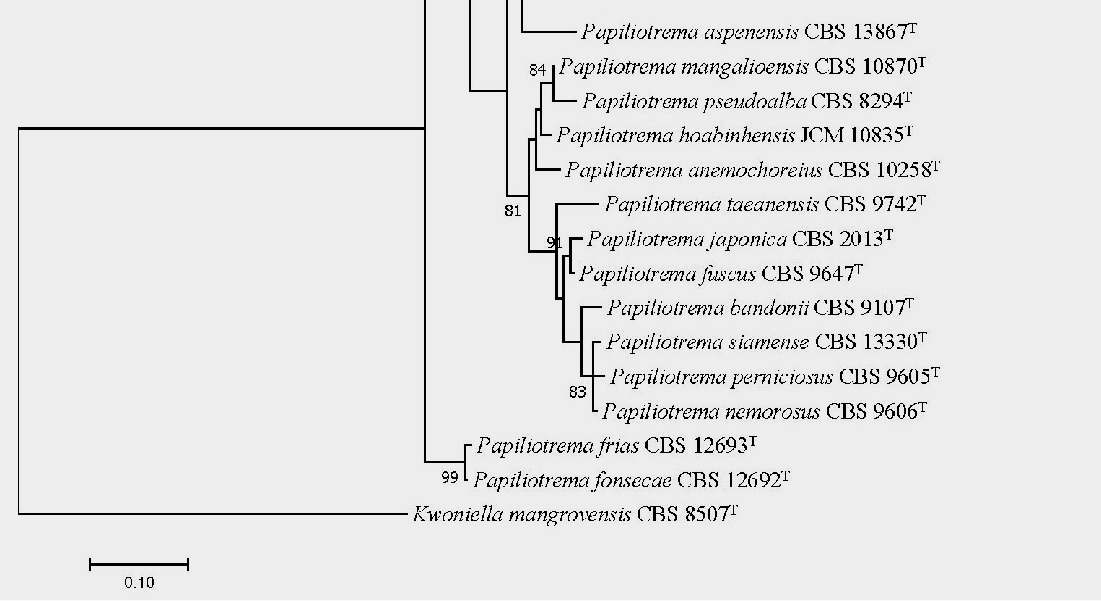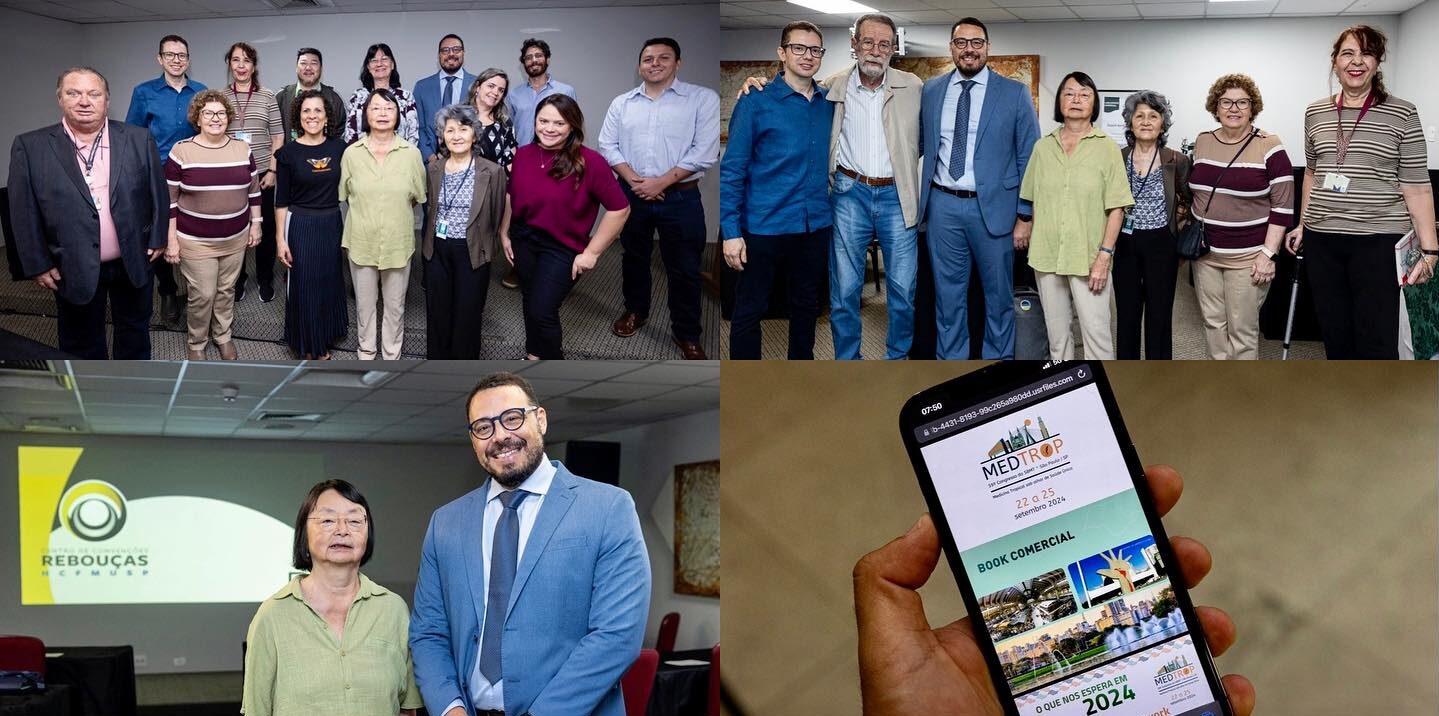
Favelas: an epidemic experienced by those regularly facing inequalities
The study “A Country Called Favela: 2023” points out that Brazilian favelas include 17.9 million people
10/05/2023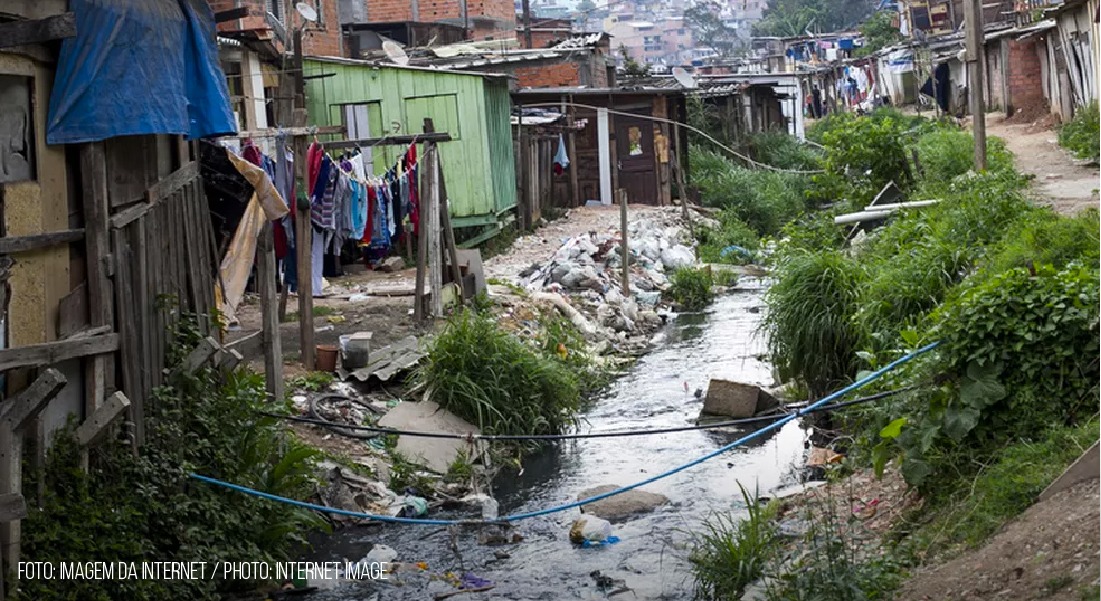
One of the main contributors to the poor health of slum dwellers is the inadequate quality of housing, marked by a lack of basic sanitation and potable water, overcrowding, indoor pollution, and buildings highly prone to flooding
The increased urbanization of the developing world has been an unwelcome precursor of new problems, such as the emergence of urban slums. According to UN-HABITAT, Asia alone is home to 60% of the world’s slums, and many people live under similar conditions in areas officially considered non-slums. “Data Favela 2023,” which was carried out in partnership with the Brazilian Support Service for Micro and Small Companies (Sebrae-SP), is Brazil’s most complete study on urbanization. It estimates that a population of 17.9 million live in favelas; for comparison, if it were a state, it would be the third largest territory in terms of population, behind only São Paulo and Minas Gerais.
The sanitary doctor Dr. Valcler Rangel Fernandes explained that urbanization was an irreversible historical process with important consequences for life on the planet and that humanity needed to face the risks it posed to both health and the environment in an integrated way using urban planning strategies. Additionally, actions targeting the territories in both the countryside and cities that are more vulnerable should be developed. He emphasized, “There is no possibility of facing poverty without dealing with the conditions that generate vulnerabilities of populations in a capitalist society that produce inequality in exponential dimensions.”
However, according to him, although urbanization flagrantly exposes the role of poverty in hunger; the fragility of housing; the generation of precarious jobs, environmental and sanitation conditions, and public insecurity, it also positively generates opportunities and spaces for coexistence, drives social innovation, and facilitates the growth of civil society organizations, among other benefits. Dr. Fernandez added, “The formulation and execution of public policies to combat poverty must take into account these characteristics, in particular the participation of social actors who live in the territories and who suffer from poverty, as this confrontation necessarily involves the democratic issue and the unique characterization of each territory where strategies to reduce inequalities and eradicate poverty are developed.”
Unique health challenges hidden by Favelas
Dr. Fernandes highlighted the importance of having study designs that located health problems in these territories and analyzed disaggregated data for populations living in slums to obtain more characterized disease profiles. He continued by mentioning that it was essential that the definitions used for favelas or subnormal agglomerations and other definitions for similar territories characterized by vulnerability were rigorous so that the corresponding analyses produced adequate information for the formulation of appropriate policies to support these areas. Epidemiological profiles may be associated with several determinants that appear differently in each territory, from insufficient basic sanitation, housing characteristics, air quality, access to health services, availability of public transport, community communication, the existence and scope of local social assistance policies, and the characteristics of public security policies, among many other issues that directly affect the way people get sick and die in these communities.
Dr. Fernandez pointed out, “We must understand racism as a central determinant of the health and disease process. We know that life expectancy is lower in these territories, both due to the higher occurrence of non-communicable chronic diseases such as cardiovascular diseases, cancer, endocrine and neurological diseases, and the high mortality from external causes, including homicides.” The health of children that are particularly vulnerable and living in slums is another challenge. The recurrent combination of malnutrition and diarrhea leads to them having stunted growth and produces long-term effects on their cognitive development. Diarrhea, pneumonia, and tuberculosis are among the leading causes of death in children under five years of age. Another challenge is the rapid spread of sexually transmitted infections (STIs), which mainly occur due to crowding. For example, the incidence of acquired immunodeficiency syndrome (AIDS) is higher in these regions.
Regarding indoor air pollution, it is a serious problem. The smoke produced by burning wood during food preparation is extremely harmful to health, and the daily use of firewood can cause illnesses or aggravate pre-existing respiratory conditions. In 1991, the WHO warned that the burning of wood and charcoal in homes had killed about 2 million people per year in that period and that the situation was more common in less developed regions such as Latin America and Africa. According to the organization, the smoke produced by these primitive cooking methods was the main cause of diseases in houses without ventilation. Most victims were women and children who spent more time in this environment, regularly breathing in an amount of smoke equivalent to smoking two packs of cigarettes a day, as revealed by the WHO.
Another serious problem are motorcycle accidents, which are considered by specialists to be one of the most serious urban epidemics of this decade, with their impact being reflected in both formal and informal urban territories. Brazil, especially in the poorest regions (the North and Northeast), is among the countries with the highest number of motorcycle-related accidents. Between 1996 and 2006, fatalities due to road accidents involving motorcycles increased by 900% from 2.1 to 19.4%.
Urban violence has become one of the most serious problems for Brazilians and has had a significant impact on public safety and the health sector. Additionally, it has affected sociability and the use of public spaces, with more severe cases being observed for poor populations, mainly those living in favelas. Brazil has one of the highest violence levels in the world. When asked whether drug trafficking had become one of the main obstacles to the success of public health services in the favelas, Dr. Fernandes recognized that this question was often presented as an argument that masked the lack of priority shown by governments toward the development of public health policies. He stated, “Certainly, insecurity is a limiting factor for any activity in the territory; however, the articulation of community strategies, with the strengthening of participatory mechanisms, generates possibilities for action that reduces obstacles in the execution of health actions in the territories, including where groups of armed men are involved in crime. Experiences demonstrate these possibilities, but they all involve the articulation of intersectoral policies and social participation.”
He also mentioned that some essential measures can be adopted to change the general outlook toward favelas, such as the state deciding to act in an integrated way, without disrespectfully treating the favelas as obstacles to public security or territories where war is fought. Dr. Fernandez stated, “The idea of the War on Drugs was abolished everywhere in the world that applied this prescription, but failed after many years of implementation. Brazil is taking time to learn and seek other alternatives. Additionally, it is necessary for doctors to value favela residents and existing organizations in these territories in the process of diagnosing problems, planning, and managing initiatives.” The doctor stressed that the communication process with the population, mainly with the younger strata, needed to be radically revised in a way that still preserved the knowledge of older people.
Other measures listed by Dr. Fernandes included the preparation of more accurate diagnoses aimed at characterizing problems and guiding policies, which included their execution, monitoring, and evaluation; the intensive use of technologies and people-training strategies for territorial development; prioritizing the protection of education and health spaces in these territories as a major locus of formulation and coexistence for the formulation of proposals aimed at improving the quality of life of the population; definitively treating these territories as neighborhoods of cities, where full citizenship is exercised; and allocating resources corresponding to the needs of the resident populations, so that priorities can be accordingly revised in various aspects (cultural, urbanization, and transport).
Lastly, Dr. Fernandes emphasized that the way forward was to place favelas within the scope of priorities of the government and federal, parliamentary, and judicial entities. He concluded, “I believe that there is a need for greater involvement of research institutions and universities, especially the public ones, in a great debate on overcoming the obstacles placed for the development of public policies in the favelas.” In India, the issue of urban poverty has been recognized for over two decades, and reports have proposed solutions that include greater equity in the provision of basic services, targeted subsidies for vulnerable sectors of the population, and special government assistance for strengthening the economic foundations of small and medium-sized cities.
A preview of data from the 2022 Demographic Census released by the Brazilian Institute of Geography and Statistics (IBGE) in March indicated that Brazil had 11,403 favelas, home to around 16 million people, out of which 6.6 million had been domiciled in Brazil. The data showed an increase of approximately 40% in the number of Brazilians living in favelas over the last 12 years. The 2010 Population Census accounted for 11,426 million inhabitants annually. Currently, the most populous favela in the country is Sol Nascente in Brasília, with 87,184 residents. Rocinha, located in Rio de Janeiro, which led the ranking in 2010, took second place, with 67,199 residents. Cidade de Deus/Alfredo Nascimento in Manaus, which had 55,361 people, was in third place, followed by Rio das Pedras in Rio de Janeiro, with an estimated population of 54,793. The data regarding the census in 2022 are preliminary and subject to revisions until the release of the definitive results of the Demographic Census, which is still being collected and compiled.
Health and social inequality are one of the major points of discussion in the Instituto Trata Brasil study
On the one hand, there are cities with access to potable water and sewage collection, in addition to high levels of investment in sanitation work. In contrast, there are municipalities where only three out of ten residents have access to sewage collection. The “2023 Sanitation Ranking” analyzes the indicators of the National Sanitation Information System (SNIS) (2021) published by the Ministry of Cities. The report also analyzed the cities that gained and lost the most positions among the ranking published in 2022.
Comparing the best and worst cities made the aforementioned inequalities even clearer.
- Access to drinking water: While 99.7% of the population of the 20 best cities had access to drinking water networks, only 79.6% of the population in the 20 worst municipalities had it.
- Access to sewage collection: While 97.7% of the population in the 20 best municipalities had access to these services, only 29.2% of the population in the 20 worst municipalities did.
- Sewage treatment: While the best group had an average sewage treatment coverage of 80.1%, the worst group had a coverage of only 18.2%.
Hospitalization of 130,000 for diseases associated with poor sanitation in 2021
Data from DataSUS 2021, presented in the Saneamento Brasil Panel, a platform of the Trata Brasil Institute, showed that there were almost 130,000 hospitalizations due to waterborne diseases. The incidence was 6.04 cases per 10,000 inhabitants, generating expenses of approximately R$ 55 million. The northeast region had the highest number of hospitalizations for diseases associated with poor sanitation, with more than 59,000 hospitalizations.
According to this document, in Brazil, approximately 35 million inhabitants did not have access to drinking water, and almost 100 million suffered from the absence of sewage collection, with only 51.2% of the country’s sewage being treated; for comparison, more than 5,522 Olympic-sized pools of untreated sewage are dumped into the environment daily.
Poor sanitation results in heavy pollution, which is mainly attributed to the poor management of human excrement, solid waste, and stormwater. Human excrement is predominantly disposed of through latrines and, to a large extent, open defecation. These poorly managed health conditions adversely affect public health. A lack of access to basic sanitation is an extensive issue that includes open sewage, lack of access to potable water, lack of garbage collection, and basic issues for human dignity. Poverty further increases the risk of contracting diseases such as schistosomiasis and other intestinal parasites, as well as leptospirosis, which is addressed in further detail through an interview in the newsletter of the Brazilian Society of Tropical Medicine (SBMT).





